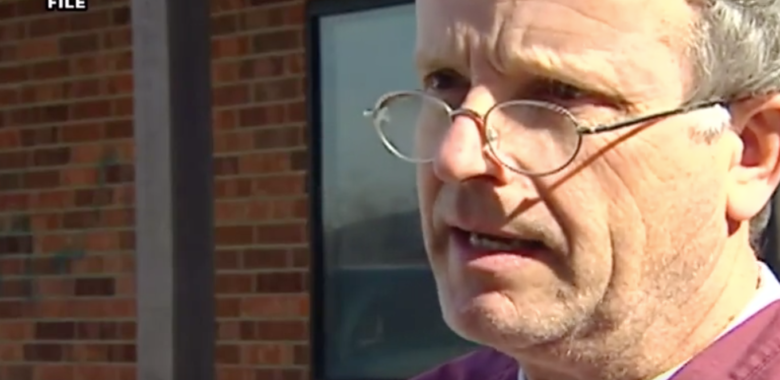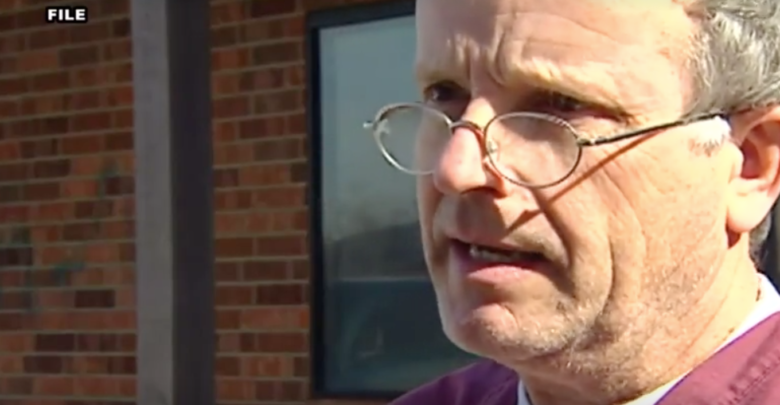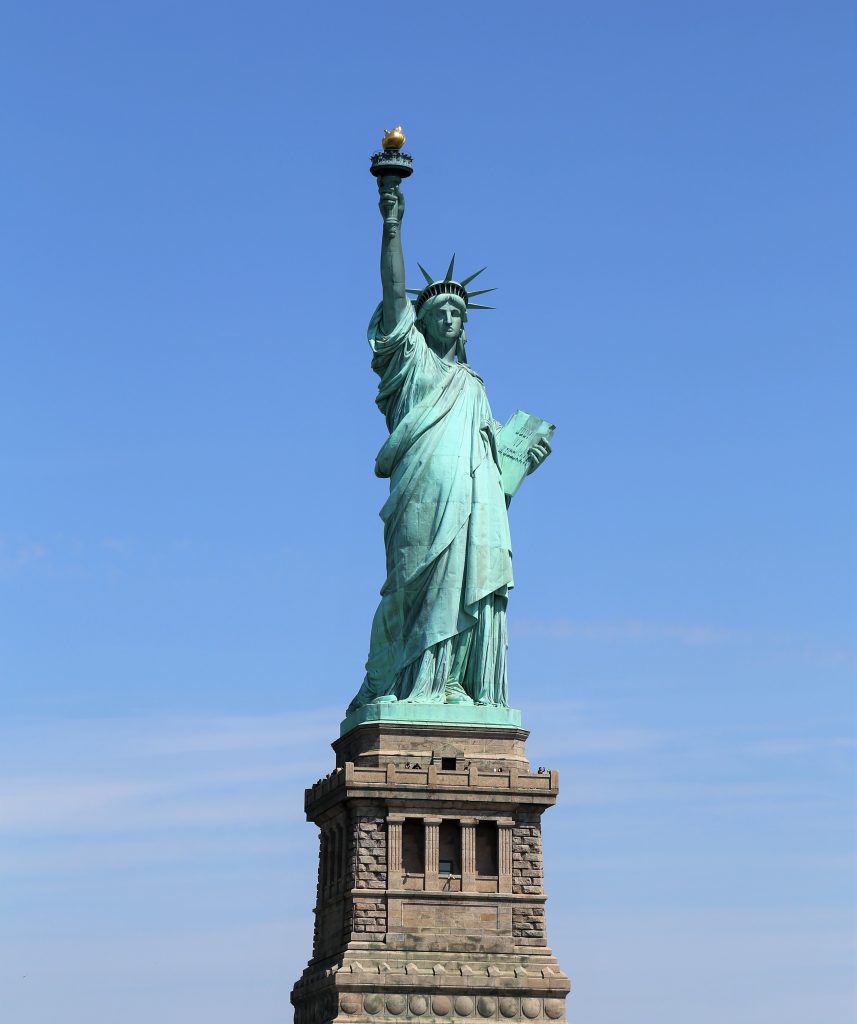Indiana Teen Died From Smoking Marijuana

A news article published last Friday highlights the tragic story of Brian Smith Jr., an Indiana teen who died from smoking marijuana last October.
According to the article, the autopsy report attributed his death to dehydration due to cannabinoid hyperemesis syndrome (CHS).
CHS is a condition that sends many marijuana users to the ER with severe nausea and vomiting, and it can be fatal.
There has been increased focus on CHS in recent years as states have moved to legalize marijuana and as marijuana has become more potent.
The article notes,
Experts aren’t 100% sure what’s behind the relatively sudden advent of this condition. They suspect that more potent cannabis may be to blame, along with several states’ decision to legalize the drug for medicinal purposes or altogether.
In the 1970s, THC concentration in most marijuana would be about 7%, Lapoint said. The mean concentration has risen to 15% to 30%, and it’s possible to make extracts with 99% THC.
“Marijuana was the joke of the toxicology world when it was 7%,” [Dr. Jeff] Lapoint said. “People never got sick. … But now if you make the concentration 99%, it’s just like if a 17-year-old kid goes to a frat party and has a beer. That’s a lot different than drinking shots of Everclear 151. Just like anything, the dose makes the poison.”
Unfortunately, stories like these are not unusual. We have read time and again about people hospitalized or killed as a result of marijuana use.
All of this underscores what we have said for years: Marijuana may be many things, but harmless simply is not one of them.





